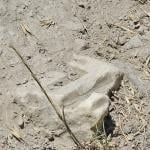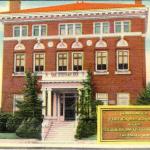Exodus lists the nations of the land of Canaan seven times, and the lists shift through the book. The lists are: Exodus 3:8: give land of 6 nations (Canaanite, Hittite, Amorite, Perizzite, Hivite, Jebusite). Exodus 3:17: give land of 6 nations (same as in 3:8). Exodus 13:5: give land of 5 nations (Canaanite, Hittite, Amorite, Hivite, Jebusite). Exodus 23:23: angel goes before to land of 6 nations (Amorite, Hittite, Perizzite, Canaanite, Hivite, Jebusite). Exodus 23:28: send hornets to drive out... Read more














